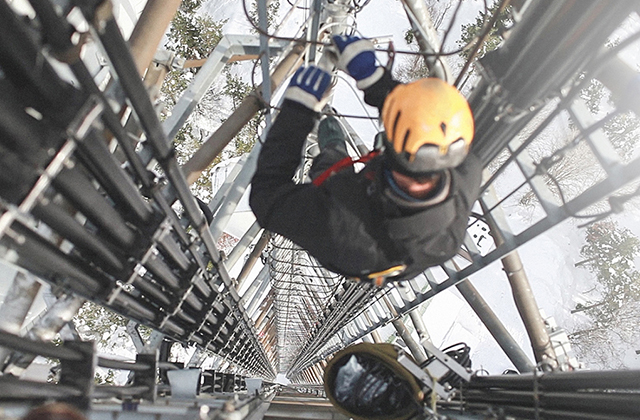Power steering problems can be surprisingly frustrating. Like many luxuries in life, once you get used to them being there, they start to feel more like requirements than luxuries. If you’ve ever suddenly lost power steering in your vehicle, then you know exactly what we’re talking about. Power steering used to be a luxury available on many cars, but far from a standard option. On a 1969 Mustang, power steering was an option available from the factory but cost an extra $94.95 to have installed! Today it is hard to imagine even the most economical of cars not having power steering standard. For any trouble in your electric car there is always an emergency 24 hour electricians Melbourne ready to fix the issue.
I know power steering problems is an issues but how about paint chip or scratch, who do you look for? Look for ceramic coating Adelaide near you.
Power steering systems have also evolved a lot since the option that was available on the 1969 Mustang. Many cars still use a simple hydraulic system but some have advanced to electric systems. The benefit of an electric system is that when the power assist isn’t needed the system can shut down. A traditional hydraulic power steering system is always sapping power from the engine because the hydraulic pump is running whether you need help steering or not. Some electric power steering systems use an electric pump to pressurize hydraulic fluid while others skip the hydraulics altogether and just use a large electric motor to assist in turning the front wheels. For more information on the benefits of each system, try reading Car and Driver’s review of the two types of systems.
Why is My Steering Wheel Hard to Turn?
If you are having problems with an electric power steering system you will most likely need to take a trip to the mechanic as they will have the right computer diagnostic tools to figure out what is wrong with the system.
If your vehicle has a more traditional hydraulic system and is having power steering problems, we’ll talk you through what your system needs to work so you can find the problem yourself.
To avoid power steering problems your vehicle needs:
A good engine belt
A good power steering pump
Clear passageways
The proper amount of clean power steering fluid
A Good Engine Belt
Your power steering system gets its power directly from your vehicle’s engine. This is done with a belt that runs from your engine’s crankshaft to the power steering pump. Some cars will have just 1 belt that snakes its way through all the pulleys on your engine, called a serpentine belt while other vehicles will have individual belts for each accessory. In either case, if this belt gets frayed, glazed or breaks altogether, it will definitely cause your power steering system to malfunction. If you have a sudden loss in power steering in your vehicle, a broken belt is a likely cause. If you simply have a squeaking belt, the problem may be an easy fix.
A Good Power Steering Pump
For a great explanation of your power steering pump, visit this How Stuff Works page for a detailed explanation! Since your power steering pump is a simple machine, the most common cause of failure for a power steering pump is the bearing going bad. The bearing supports the shaft that connects the pulley outside the pump to the impeller inside the pump. After miles of use, it is not unusual for these bearings to wear out. In most cases, worn bearings will start to hum or whine and will change pitch with your engine RPM. When they get very worn, they can cause leakage around the pump shaft behind the pulley and even allow the pulley to wobble. In this case, simply replacing the pump will get things back to normal.
Clear Passageways
Your power steering system’s lifeblood is the hydraulic fluid being pumped through it. The high pressure this fluid is at is used as a motive force for helping turn your front tires either through a power steering gear or rack. The actual mechanism for turning high fluid pressure into motion in your tires is relatively complicated and accomplished through a variety of small passages. If these passages become clogged it can cause your power steering system to malfunction. Unfortunately, clogs are very difficult to diagnose because there is no way to measure the pressures in your power steering system. If a clog is causing your power steering problems the first thing to do is to try flushing the system. If that doesn’t work, often times you have to replace the entire steering rack or gear.
The last and most common of the power steering problems you may encounter is a leak. First, your system may actually have a leak where it is drawing air into the system causing your pump to whine. This leak would be due to a cracked or loose hose in between the fluid reservoir and the pump. If you have a leak like this you will notice your power steering fluid getting foamy and your pump whining due to the air in the system. In this case, you can replace those hoses or tighten the clamps to stop the leak.
You may also have a leak on the pressure side. Note that this leak could be where a rubber hose meets a hard line or at a seal on your power steering rack where it connects to your tie rods or where the steering column connects. These seals are usually not serviceable so to get new seals you would need to replace the whole steering rack or gear which can get expensive. An alternative would be to repair the seals in your power steering system to stop the leak using BlueDevil Power Steering Stop Leak. Simply pour a bottle into your power steering fluid reservoir and BlueDevil Power Steering Stop Leak will seal your power steering leaks as your drive fixing your power steering problems. Simply top off your system with the manufacturer’s recommended type of power steering fluid and have your car back to driving like normal quickly and inexpensively.




